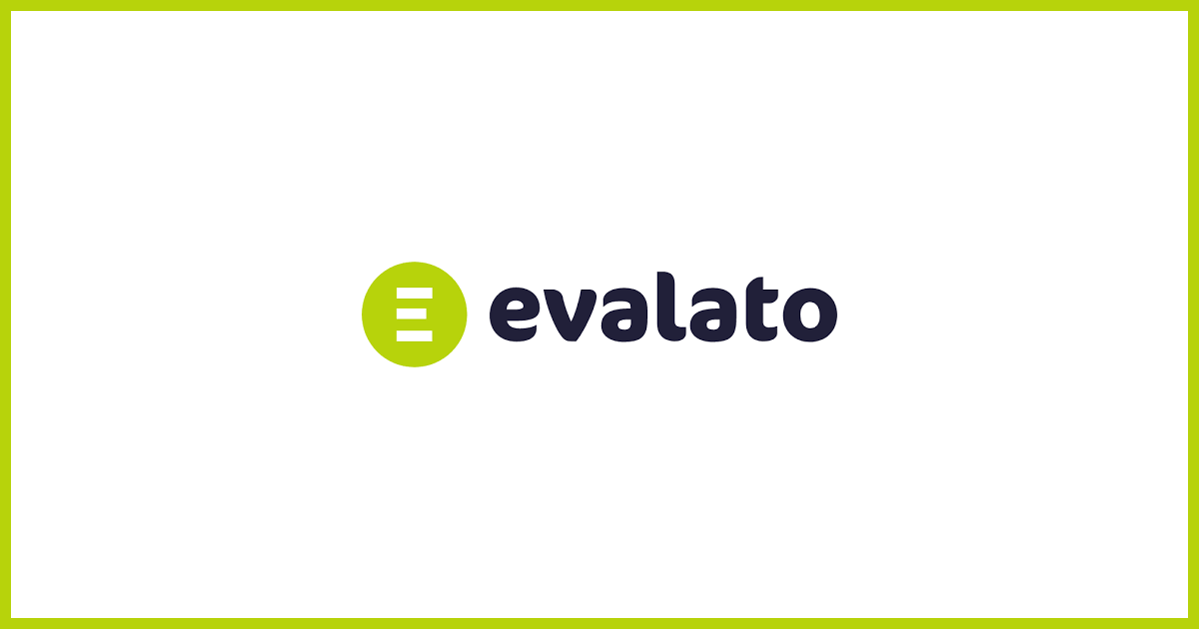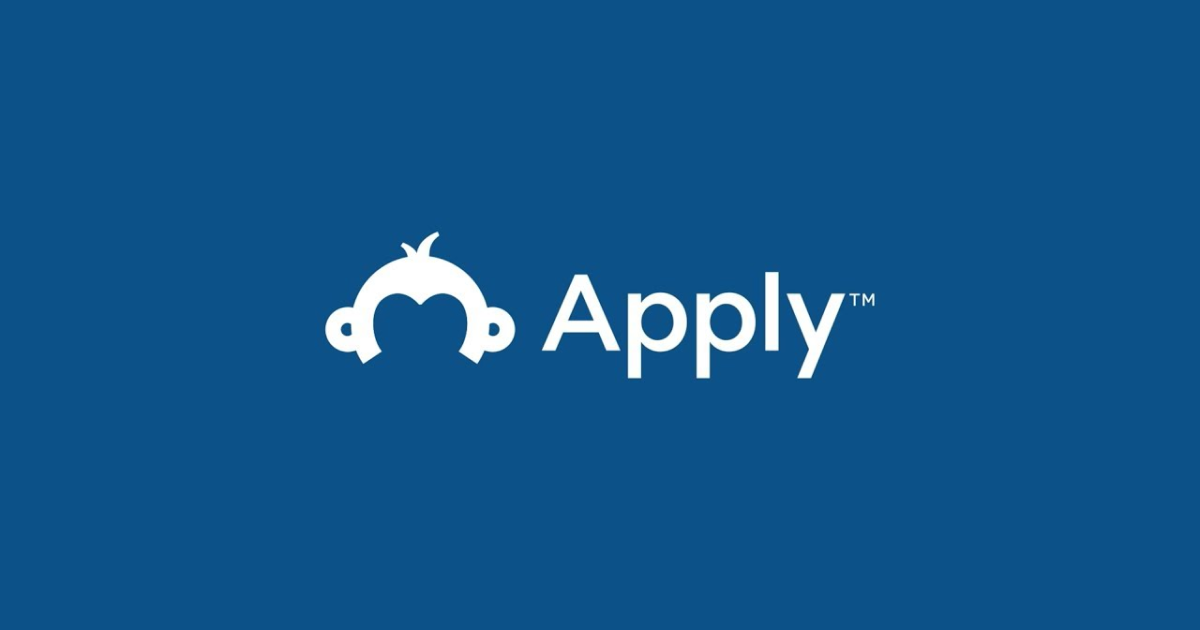Step 2 in building online applications: Guide users and keep them on track
Better application management of scholarships, grants, awards, and more.

Step 2 in building online applications: Guide users and keep them on track
In our previous entry, we examined the fundamentals in making online applications easy to navigate, including making the layout simple and straightforward. The next step: presenting the questions and format in a way that keeps applicants moving forward, including communication features during and after the process to ensure a positive experience.
The key to a successful company’s application process is consistency and transparency, according to Madeline Laurano. She is the co-founder at Boston’s Aptitude Research Partners, and is featured in a story by Roy Maurer for the Society of Human Resource Management.
“The online application process was originally designed for the recruiter to help manage an influx of applicants,” Laurano says. “The candidates, on the other hand, find the process to be time-consuming and cumbersome. Not to mention, they [often] receive little to no communication about their status through the process.”
There can be plenty of frustrating things about the typical application process, and potential gaps in perspective between the applicant and the business, school, scholarship or grant provider. For example, a 2014 Career Builder survey showed that half of employers feel a lengthy application process is positive, “because it ‘weeds out’ applicants.” On the other end of that, 60 percent of job seekers have abandoned an application because of the complexity or time required, according to the survey.
Here’s a look at some of the essential elements of an effective application process.
Preview the application: Give the candidate a sense of how long and involved the application is going to be, with an outline of the areas that will be covered. Though this may cause some candidates to quit, or to press pause and save it for when they have more time, giving an indication about the complexity and duration is a good communication tool.
Ensure eligibility: It’s important to filter out any ineligible applicants, and to do so in the first stages of an application. Be clear about the key requirements, and use pre-qualifying questions. For example, if a college or scholarship application requires a certain grade point average or classes taken, establish that early on, before the applicant is knee-deep in the process.
Match applicants to programs: There may be a variety of avenues for an application to take, based on the qualifications or achievements of the applicant. For a scholarship application, for instance, the potential benefits or options could be affected by gender, grade point average and extracurricular activities.
Recommendations: Here’s a spot where applicants can get stuck. If recommendations by others are required, as in a job or scholarship opportunity, encourage applicants to acquire these in a speedy manner. Include the request, with clear instructions on what these recommendations need to include, near the beginning of the application. That way, it’s a clear sign for applicants to get moving on acquiring recommendations if they haven’t already.
Communication: This is an integral part of an application, in letting candidates know what step they are in throughout the process and what happens after it is submitted. Provide a checklist that details completed sections and those that remain outstanding. Social media can be employed to provide updates on the hiring process. And when an application has been successfully completed and submitted, email or text confirmations are a must. Without that, applicants may fear they made a mistake, and then waste time in either reapplying or starting a phone/email campaign to inquire about the application. These notifications are also helpful when an application that has been started sits unfinished, and can remind the applicant to go back in and complete it.
Provide help: Applicants will have questions, so addressing them within the application is an important step. Example: A scholarship application may have options that are merit-based and need-based. Explaining the definition of both within the context of the scholarship should eliminate confusion. Similarly, a section for frequently asked questions is a valuable component of the application. Answering these possible questions will help candidates find their way through the application, and eliminate the need to call or send an email about their questions.
In our next entry, we'll close our three-part series about building online applications with a closer look at analyzing and evaluating applicant information.
FAQ's
1. What are the elements of an effective application process?
The essential elements of an effective application process are:
- Preview the application
- Ensure eligibility
- Match applicants to the programs
- Communicate well
- Provide help.
2. How can I filter out ineligible applicants?
In order to filter out ineligible applicants, you need to be clear about the key requirements, and use pre-qualifying questions. For example, if a college or scholarship application requires a certain grade point average or classes taken, establish that early on, before the applicant is knee-deep in the process.
You might also like
SUBSCRIBE TO OUR BLOG!
CATEGORIES
- Online Application Software (49)
- Features (33)
- Scholarship software (29)
- scholarship management (21)
- Scholarship Management Software (20)
- scholarship program (15)
- Grant software (14)
- program management (11)
- Award software (10)
- application management (10)
- application management systems (9)
- scholarships (9)
- Corporate scholarships (8)
- Grant Management Software (8)
- Feature Update (6)
- Grantmaking (6)
- Scholarship Funds (6)
- SmarterSelect (6)
- app tree (6)
- grants (6)
- navigation (6)
- Grant compliance (4)
- scholarship program manager (4)
- Conferences (3)
- Grant compliance and reporting (3)
- Product Feature (3)
- grant managers (3)
- scholarship application templates (3)
- Association Software (2)
- Awards management platforms (2)
- Customer satisfaction (2)
- Grant management (2)
- Grant reporting (2)
- Scholarship marketing (2)
- scholarship award letter (2)
- scholarship program template (2)
- scholarship rejection letter (2)
- Awards management software (1)
- Grant lifecycle (1)
- Handling incomplete applications (1)
- How to automate scholarship program communication (1)
- Inspiring employee recognition awards (1)
- International scholarships (1)
- Mathematics scholarships (1)
- Merit based scholarships (1)
- Need based scholarships (1)
- Reverse scholarship (1)
- STEM scholarships (1)
- Scholarship administration (1)
- Scholarship application errors (1)
- Scholarship application management (1)
- Scholarship award management (1)
- Scholarship communication (1)
- Scholarship cycles (1)
- Scholarship disbursement process (1)
- Scholarship fund diversification (1)
- Scholarship fund management (1)
- Scholarship tracking (1)
- Support (1)
- Technology scholarships (1)
- Wizehive pricing (1)
- accept payment (1)
- email productivity (1)
- grant makers (1)
- grantmaking best practices (1)
- payment (1)
- paypal (1)
- post award grant management (1)
- program managers (1)
- scholarship agreement (1)
- scholarship applicant complaints (1)
- scholarship applicant's issues (1)
- scholarship rejection letter template (1)
- wizehire alternative (1)
- wizehive review (1)





